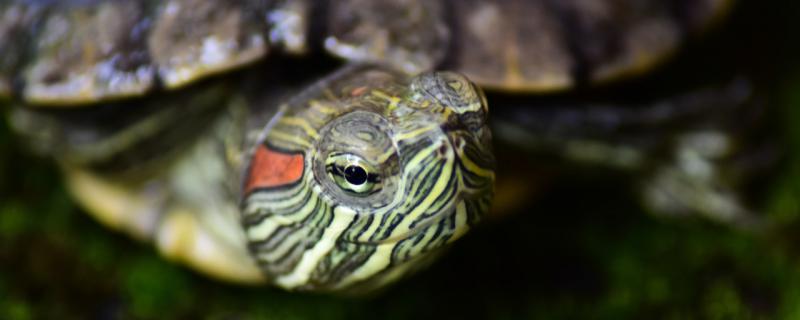
of Brazilian tortoise. The Brazilian tortoise is a relatively subdivided species. It does not contain as many species as the tortoise. There are about six species of Brazilian tortoises, namely the Brazilian Golden Tortoise, the Brazilian Chicken Tortoise, the Brazilian Painted Tortoise, the Red-eared Tortoise, the Red-bellied Tortoise, and the Mississippi Tortoise. Many people think that Brazilian tortoises are native to Brazil, but this is not the case. Some Brazilian tortoises are native to Brazil, and the rest are native to the United States. The Brazilian tortoise was originally an exotic species, but now it has become a domestic pet for some families.
Brazilian tortoises 1. Water temperature: Brazilian tortoises spend most of their time in the water. To raise Brazilian tortoises, the water temperature should be controlled between 20 and 32 degrees. The water temperature should not fluctuate too much, and the heating equipment should be used in time when there is fluctuation. Brazilian tortoises are sensitive to water temperature, and their physique will deteriorate and their resistance will decrease after being stimulated.
2. Water quality: The water body of the Brazilian tortoise should be clean and free of impurities. Only when the water quality is good, can the Brazilian tortoise grow faster.
3. Illumination: Illumination is important for Brazilian tortoises, because sunning the back is the habit of Brazilian tortoises. When basking in the sun, we should do a good job of shading measures, not strong direct light.
4. Food: Minced meat, fruits and vegetables can be fed. Minced meat should be cooked before feeding.